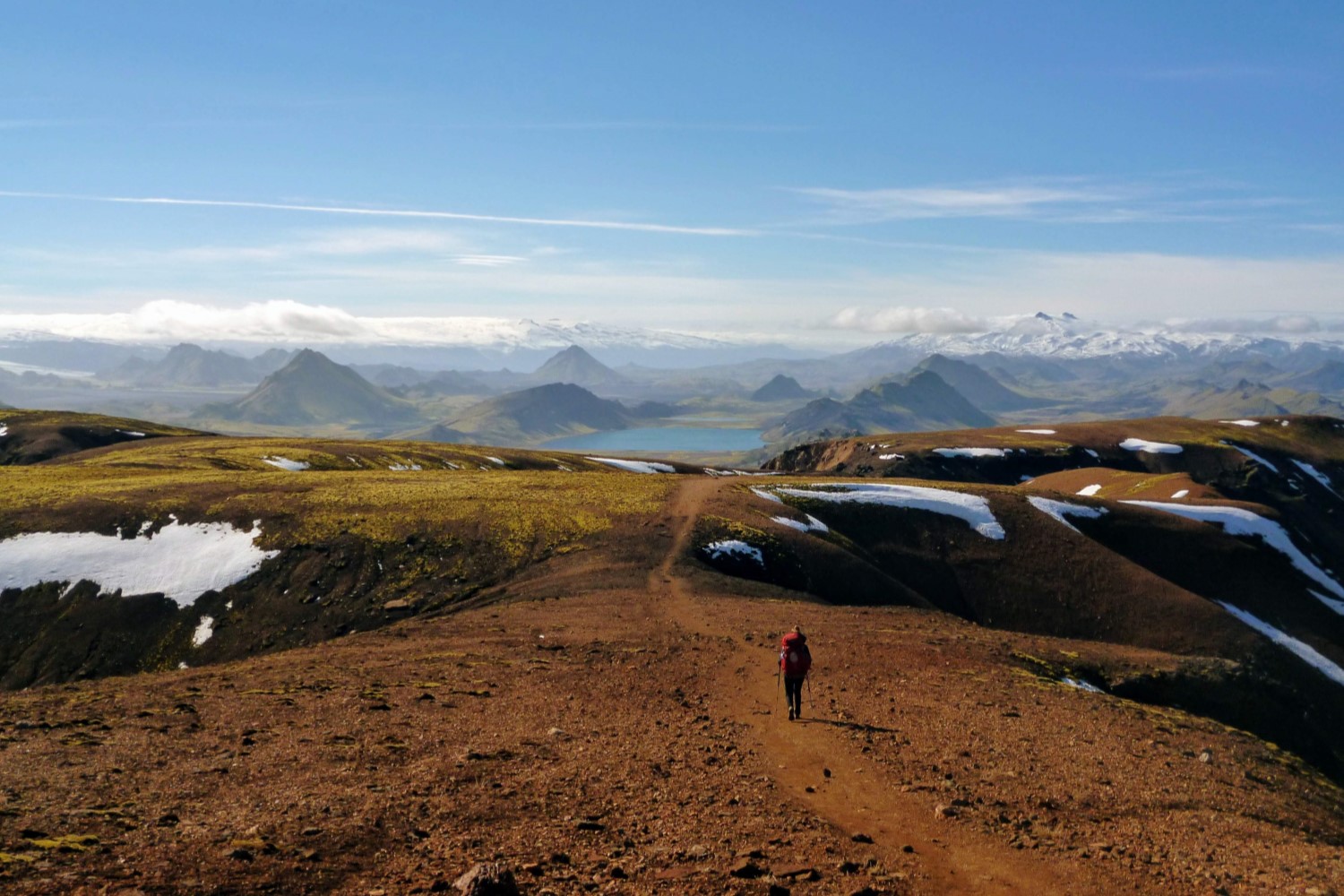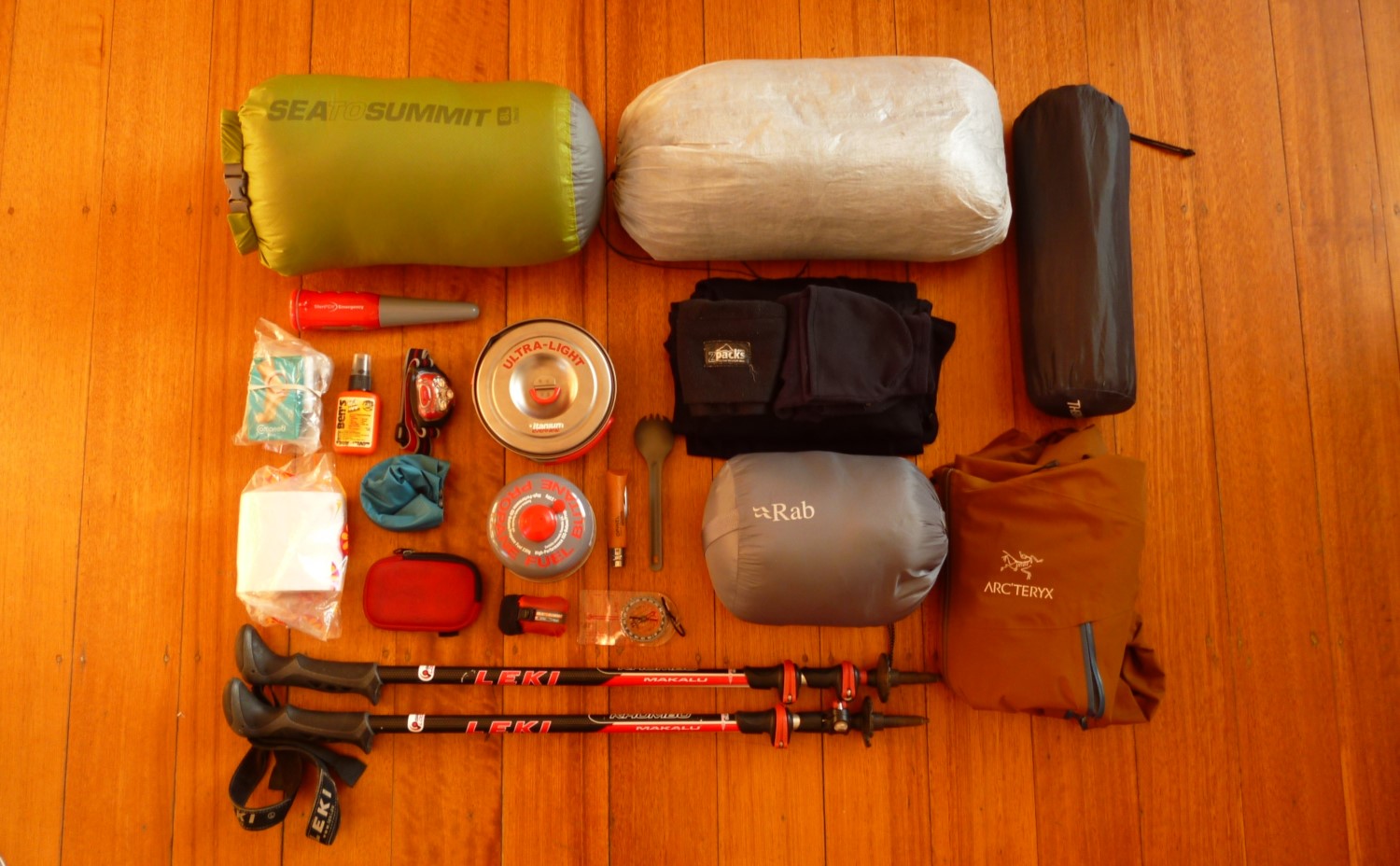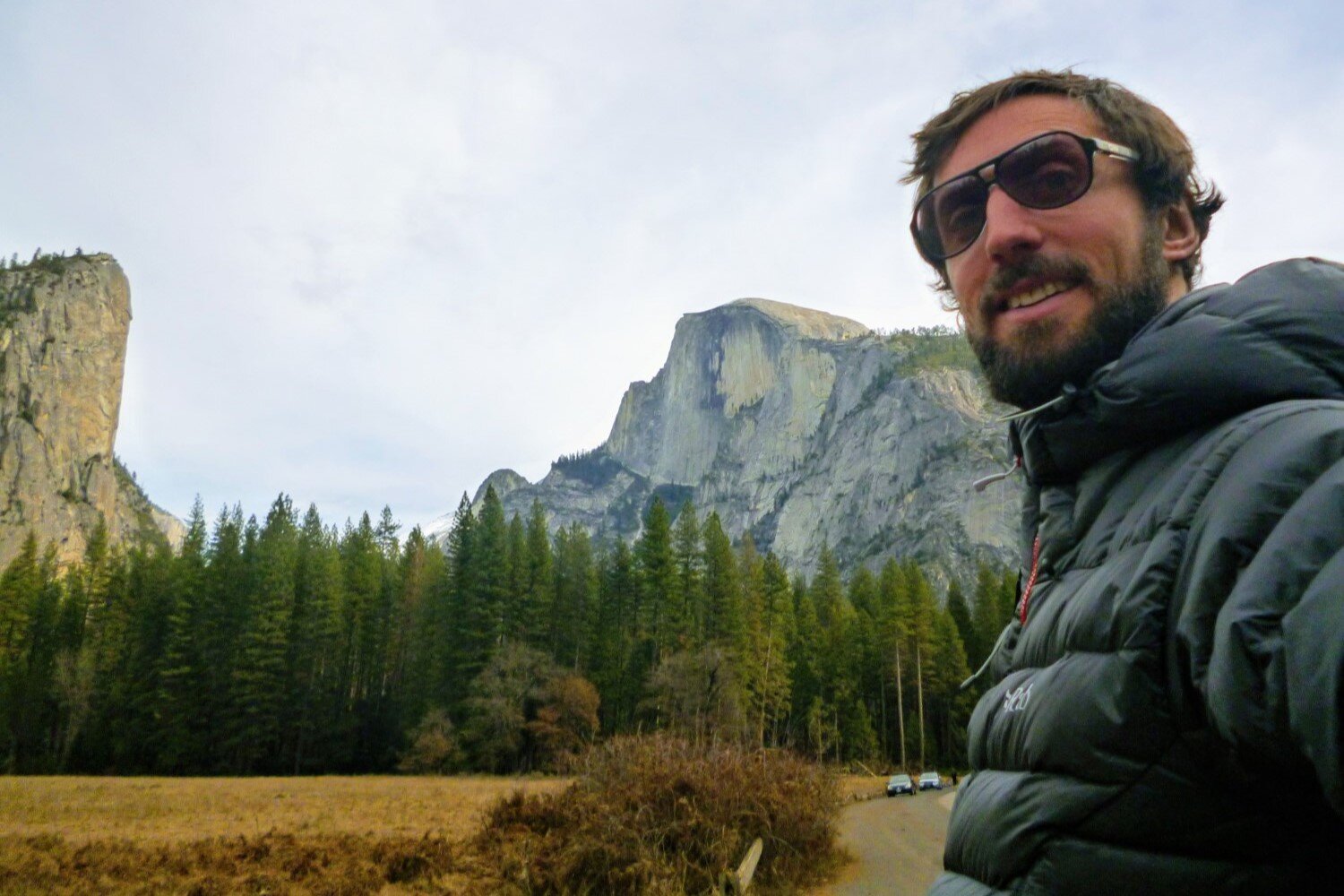Best Beginner Surfboards of 2023
JUMP TO: CATCH SURF ODYSEA LOG X / DEGREE 33 ULTIMATE LONGBOARD / SOLID SURF CO. EZ STREET / SOUTH BAY BOARD CO. TORTUGA / SOUTH BAY BOARD CO. GUPPY / TAHE MALIBU DURA-TEC / SOFTECH MASON TWIN / WAVESTORM CLASSIC / BUYING ADVICE
Author: Rose Martin
The Short Version:
Best Overall: Catch Surf Odysea 8’0’’ Log x
Best Soft Top for Maneuvers: Degree 33 8’ Ultimate Longboard
Best Eco-Friendly Beginner Board: Solid Surf Co. EZ Street Surfboard
Best Beginner Longboard: South Bay Board Co. 9’6’’ Tortuga
Best for Kids: South Bay Board Co. 6’ Guppy
Best for Durability: TAHE 7’9 Malibu Dura-Tec
Best for Improvers: Softech Mason Twin 5’10’’ Surfboard
Best on a Budget: Wavestorm 8ft Classic
The Long Version:
When you think of surfing, it’s hard not to conjure an image of a laidback surfer catching idyllic waves somewhere in the tropics. But as much as seasoned surfers make it look easy, the truth is, learning to surf is hard work – especially for beginners.
Sadly, there’s no magic trick for learning to surf and – for most of us – it’s going to be a long, slow road to progression (brace yourself for heaps of awkward moments along the way too!).
Luckily though, there is one thing you can do to make learning to surf that bit easier – make sure you have the right tool for the job.
Surfboards come in all kinds of styles, and it’s super important that your board matches your skill level. Beginner boards make catching waves that bit easier and are generally safer to use than more advanced boards – which gives you space to master the basics without being overwhelmed.
But with so many boards out there, picking your first one can be a daunting task. That’s why here, we’ve brought you a selection of the best beginner surfboards currently on the market – get ready to start shredding!
If you love this list of the best beginner surfboards, then you'll likely love reading some of our other surfing review articles:
Need To Know What To Look Out For?
If you are new to surfing, then you will be battling more than just the waves. You’ll also need to get across a minefield of surfing terminology and jargon.
To try and make that journey a little easier, we’ve compiled a bunch of useful advice — including technical details and what to look out for when buying your first board. Check it out in our buying advice section.
Best Overall: CATCH SURF ODYSEA 8’0’’ LOG X
LENGTH: 8’00’’
WIDTH: 23.0’’
THICKNESS: 3.375’’
TOTAL VOLUME: 86L
MATERIALS: Composite, polyethylene, wood
PRICE: $$ (399)
PROS: Durable, affordable and a great length and volume for catching waves easily
CONS: A little heavy to carry to the waves
The Catch Surf Odysea 8’0’’ Log x is a soft top board that’s taken the surfing world by storm.
The 8 and 9 foot boards both come with plenty of volume (more than any other board on our list), so you won’t exhaust yourself on the paddle out, and the nose has a generous curve in case you find yourself in any collisions.
These features make this board great for beginners, yet the tri-fin configuration and narrow railing mean that this board has a surprisingly amount of maneuverability too. Although this reduces the overall stability ever so slightly, it means that you’ll still love this board once you’re a more advanced surfer (especially when the waves are small, thanks to the extra volume) – so it’s a wise investment.
Volumous, maneuverable, and with a sturdy dual composite core that is reinforced with stringers, this has to be one of the best boards around. But in case our word isn’t enough, these boards are also endorsed by some of the best surfers in the industry, including the legendary Jamie O’Brien and the notorious Kalani Robb.
Best Soft Top for Maneuvers: DEGREE 33 8’ ULTIMATE LONGBOARD
LENGTH: 8’
WIDTH: 22’’5’
THICKNESS: 2’75’
TOTAL VOLUME: 57.4L
MATERIALS: Expanded polystyrene, epoxy
PRICE: $$$
PROS: Buoyant, durable and easy to learn on
CONS: Heavy and needs a roof rack to move around
While for most of us learning to simply stand up on a board and catch a wave is the name of the game for months, some beginners progress far quicker than expected and are ready for maneuvers and bigger waves in no time.
If you reckon you’ll be one of those lucky few (perhaps you’re already into snowboarding or are just generally the fearless sporty type), then the Degree 33 8’ Ultimate Longboard might just be the board for you.
This board features enough length and volume for beginners, but one of our favorite features is that the entry rocker is more pronounced than on your typical learner board. This not only helps to prevent nosedives when you’re catching your first few waves but also means that this board performs well in bigger waves too. This, combined with a tri-fin configuration means that – once you’re ready – you can start working on your maneuvers in those larger waves that have a bit more power behind them.
Finally, this hybrid board features a durable epoxy base and a super grippy foam top to help you stay in control.
While it might be more expensive than most beginner boards, we think it’s worth it – since it is a board you can use as a both a beginner and a more advanced surfer, and it can handle both small and big waves.
Best Eco-Friendly Board: SOLID SURF CO. EZ STREET SURFBOARD
LENGTH: 8’
WIDTH: 22.25’’
THICKNESS: 2.87’’
TOTAL VOLUME: 58.8L
MATERIALS: Cotton, expanded polystyrene, hemp, polyester
PRICE: $$$$
PROS: Super easy to catch waves and paddle with, plus its durable
CONS: Heavy to carry around and quite expensive for a beginner board
Want a board that’s as good for the environment as it is for you? Then look no further than the Solid Surf Co. EZ Street Surfboard.
At 8 feet long and with just under 60L of volume, this board is super stable and ideal for beginners. Once you’ve mastered the basics (AKA, standing up), you’ll be pleased to know that this board features a pin tail to give you extra control when you move on to bigger waves.
What’s more, this board features a 4+1 fin configuration, which means you have the option of strapping on some side fins if you want to increase your boards sensitivity while you test out some maneuvers.
On top of that, this board is constructed from a range of eco-friendly materials, including plant-based epoxy resin, hemp, and recycled foam – but don’t worry, it’s still extremely durable. And it even comes in biodegradable packaging.
Sadly, this board doesn’t come cheap… but if you can afford it, it’s a super versatile board that will certainly earn you some eco points.
Best Beginner Longboard: SOUTH BAY BOARD CO. 9’6’’ TORTUGA
LENGTH: 9’6”
WIDTH: 23.5’’
THICKNESS: 3.25’’
TOTAL VOLUME: 92L
MATERIALS: Expanded polystyrene, wood, bamboo
PRICE: $$$$
PROS: Nice shape and design for top longboarding performance
CONS: Heavy and long, you’ll need some muscle and a roof rack
If you aren’t an adrenaline junkie and prefer a more laidback surfing experience, then longboarding might be more up your street.
If you’re new to the world of longboarding (or even surfing in general), then the South Bay Board Co. 9’6’’ Tortuga is a great place to start. With a length of 9’6”, you’ll be able to catch even the smallest of waves from way out the back – far from the ‘danger zone’ where the waves are breaking.
And not only is this board long, but it’s broad and thick too, giving it a whopping 92L of volume in total. This incredible volume, combined with the broad chest area, really will make paddling a breeze – so you can save your strength for the fun stuff!
The Tortuga features a soft foam top and a fiberglass wood bottom and is reinforced with dual wooden stringers running from top to bottom for added durability. And on top of that, we love the layers of bamboo and the heat-release valve that protect your board from the heat of the sun.
The round nose is beginner friendly, and so is the grippy foam, so you won’t have to keep wasting time and money on waxing your body.
And speaking of money… this cord certainly doesn’t come cheap. In fact, it’s the most expensive board on our list. Having said that, it’s also the longest board on our list, so you’re getting more board for your buck – and it’s super durable too, so we think that it’s worth the coin overall.
Best for Kids: SOUTH BAY BOARD CO. 6’ GUPPY
LENGTH: 6′
WIDTH: 22″
THICKNESS: 3″
TOTAL VOLUME: 40L
MATERIALS: Expanded polystyrene, wood, HDPE plastic
PRICE: $
PROS: Durable, affordable, and great for learners to progress to short boards on
CONS: Might be hard to duck dive with because it’s so floaty
Man, we wish we’d know about the South Bay Board Co. 6’ Guppy board when we were kids…
It might be shorter than an adult beginner board, but the thickness has remained roughly the same, giving this board plenty of buoyancy to support young surfers weighing up to 100 lbs.
This buoyancy makes the board ideal for practicing in smaller waves – and the width is also similar to an adult board, so kids will have heaps of room to practice those pesky pop-ups.
On top of that, the round nose, round fins, and foam construction make this a super safe board to learn on. Plus, it comes with a handle integrated into the deck, so you can sit back and relax while the kids carry their own gear.
Although the wooden stringers do provide some reinforcement, this board isn’t made of the hardiest materials on the market (a mixture of plastic, wood, and foam).
Having said that, your kids will likely outgrow this board in a year or two. And the attractive price point, combined with safety features and great buoyancy, have made this a very popular beginner surfboard for kids.
Best for Durability: TAHE 7'9 MALIBU DURA-TEC
LENGTH: 7’9’’
WIDTH: 22’’
THICKNESS: 2.9’’
TOTAL VOLUME: 58L
MATERIALS: Polyethylene, polyurethane
PRICE: $$
PROS: Excellent buoyancy for smaller waves and easy to maneuver
CONS: Not as much buoyancy as others for learning on
The Dura-Tec range has gained a name in the surfing industry for being, well, durable. And the TAHE 7'9 Malibu Dura-Tec is no exception.
The polyethylene shell, combined with a closed-cell foam core and an integrated nose guard, really do make for one sturdy board overall.
Plus, you might have noticed that this board is slightly narrower and thinner than some beginner boards, reducing the volume slightly. Although this means paddling will take a bit more effort, it will make carrying this board down to the beach way easier – and it’ll build up your paddling technique and make the transition from a beginner to an intermediate surfer that bit easier.
While it may be lacking some of the bells and whistles seen on more expensive models, this board is a cheap and cheerful board that will stay by your side as you progress from a beginner to beyond.
Best for Improvers: SOFTECH MASON TWIN 5’10’’ SURFBOARD
LENGTH: 5’10’’
WIDTH: 21’’
THICKNESS: 2.75’’
TOTAL VOLUME: 38L
MATERIALS: Expanded polystyrene, X-Mesh slick (plastic)
PRICE: $$
PROS: Less size and buoyancy make it easier to duck dive, turn and progress with
CONS: A little short for true beginners to learn to catch waves with
Maybe you’ve mastered the art of catching small waves on huge foam boards… but when it comes to your first time using a shortboard, you’re definitely going to feel like a beginner all over again.
The Softech Mason Twin 5’10’’ Surfboard (also available in a 5’6” length) is a great board for anyone looking to branch out into the world of shortboards. This is largely thanks to its generous volume – with 38L behind it, and a fish tail, this shortboard is awesome for practicing on those smaller waves before heading out into choppier seas.
The shorter length and dual fin set-up mean that this board will be more responsive in the water, so it’s a great board for practicing your turns and maneuvers with. But if you’re worried about taking a tumble while you’re learning, you’ll be pleased to know that – despite its short length – this board is actually a ‘foamie’.
The foam core is reinforced with stringers and the underneath is lined with plastic for durability. While these aren’t the fanciest materials out there, they’ll certainly get the job done… and save you some cash.
Best on a Budget: WAVESTORM 8FT CLASSIC
LENGTH: 8’
WIDTH: 22.5’’
THICKNESS: 3.25’’
TOTAL VOLUME: 81L
MATERIALS: Expanded polystyrene, polyethylene
PRICE: $
PROS: Excellent value for the quality and a great volume for learning with
CONS: Heavy to carry around and requires a roof rack for transportation
The Wavestorm 8ft Classic really has been designed with beginners in mind. It’s long length and extra thickness give this board an overall volume of 81L, which means you’ll glide across the water with minimal paddling effort. What’s more, the broad chest area is ideal for practicing your pop-ups.
The round nose is ideal for injury prevention, and the foam on the top of the board is particularly soft, which is great in terms of collisions (but not great in terms of dings).
While this board performs exceptionally well in small surf, it isn’t designed for those larger waves, so you’ll have to upgrade when the time is right.
Overall, if you’re after a board for total beginners that will make learning to surf as easy as possible and won’t break the bank, then this could be the one for you.
BUYING ADVICE FOR BEGINNER SURFBOARDS
Volume
It’s all about the volume when you’re new to surfing. Basically, the more volume your board has, the more buoyant (or ‘floaty’) it will be.
Using a floaty board means that you can focus on other things, like your paddling and pop-up techniques (not to mention reading waves), on a relatively stable surface.
However, volumous boards are heavy, difficult to transport (because of their size), and are hard work when the waves get big – they’re so floaty you can’t duck dive and so you’ll get knocked around more by the waves. They also don’t response as well to pressure, so you’ll find turning difficult.
That’s why, once you’ve mastered the basics, you’ll want a board designed for bigger waves that’ll let you practice your maneuvers.
As well as your skill level, the amount of volume you want in board will depend on your weight. If you want to sus out your ideal volume, why not use a handy online calculator like this one.
Length
You’ll spot boards of all lengths out in the line-up – but which ones are best for beginners?
MID-LENGTH: Mid-length boards are the ideal boards for beginners, and if you’ve rented a board before, you were most likely given a board around 7–8.5 ft (depending on your height). This length ensures a decent amount of volume, but using them is not as technical as using an actual longboard.
LONGBOARDS: Designed for smaller waves, longboards offer a more relaxed ride. Instead of flipping and carrying out other adrenaline pumped maneuvers, longboarders tend to play around by walking up and down their boards and other more elegant tricks.
Long boards are fairly beginner-friendly, especially if you can find a foam-topped one, but they typically cost more and they’re a nightmare to transport.
SHORTBOARDS: Shortboards are most people’s favorite type of board. They go fast, you can duck dive, they’re easy to transport, and you can catch those big waves. Having said that, their lack of volume makes them very hard to master.
People tend to slowly progress to shorter and shorter boards and – if you’re keen to try something shorter but you’re still fairly new to surfing – don’t forget that broader / wider shortboards will give you more of that much-needed volume.
Materials
These days, heaps of materials are used to build boards, but the most common ones are soft-top foam, polyurethane , epoxy, and wood.
Before we delve into the details, an important thing to note is that, although you’ll hear people refer to foam-topped beginner boards as ‘foamies’, almost all boards feature a foam core construction, and what they are referring to is the foam top, not the core.
As a beginner, the main thing you need to be concerned about is the outer layer of your board, so that’s what we’re going to focus on here, and to make it simple, we have broken it down into two categories: soft tops and hard tops.
SOFT TOPS: Soft topped surfboards are made from polystyrene foam. They are not that soft to touch but have a lot more give than hard top boards. The benefit of a soft top is that it’s far softer to land on for beginners still making mistakes, and it’s far more durable too.
If you fall into your soft top board, it’s not going to leave a dent or any trace of damage. Whereas on a hard board, you can see a knee print left in the surface. This also applies when for fall off your board in shallow water and it might hit the sand or a rock.
Another great thing about soft top boards is how much they float. They are far more buoyant than hard top boards, and this make catching waves way easier.
For a true beginner, a soft top board is by the far the best and once you’re confident you can progress to higher performance hard top boards.
HARD TOPS: Hard topped boards are either made with epoxy, fiberglass, or carbon fiber as their external layer. This makes them much harder, less buoyant, and more prone to dents and damage than soft top boards.
But they are much better when it comes to performance. Their bulk is reduced by the lack of polystyrene, meaning the sides are much thinner which allows you to cut into the wave and make turns a lot more easily.
Being less buoyant, they are also a lot easier to do duck dives and trundle roll with, which makes getting out the back to the green waves, a much less intense mission.
If you’re a beginner, then going straight to a hard board might be a steep learning curve and working out how to jump up and catch waves is going to take way longer than with a soft top. It’s best to progress onto one of these once you’re comfortable catching waves and turning.
Nose shape
When it comes to nose shape and surfboards, there are two main types to be aware of: round noses and pointed noses.
ROUND NOSE: Round noses give your board a larger surface area on the water which helps with paddle power and glide. This makes catching waves a lot easier, even if they are slow and small.
As a beginner, a round nose is the way to go.
POINTED NOSE: A pointed nose means less of the surfboard is touching the water. This makes it much easier to maneuver the board and drop into steep and fast waves, as the nose isn’t slowing you down. It also makes turning the board easier because the nose points up and doesn’t catch, so you can turn quickly.
A pointed nose is always found on a high-performance board, but it does make catching slow small waves and paddling a lot harder, so it’s not ideal for a beginner.
ROUNDED POINT NOSE: This is the best of both worlds, providing the additional surface area for catching smaller waves while still making maneuvers a little easier.
A rounded point nose is the ideal nose to progress to after you are confident on a round nose and want to move onto a shortboard.
Leashes
Leashes are incredibly important as they stop you chasing after your board when you fall off a wave. And they’ll save a lot of accidents when in a crowded surf area too.
You should always buy a leash that is at least as long as your board. This is for safety purposes, as the longer the leash is, the further away the board can be when you fall, saving it being in your crash zone.
It’s best for beginners to pick a leash 1-2ft longer than their board, and once you’re a confident surfer, move to a leash that is the same length of your board or even 1ft shorter.
ADDITIONAL CONSIDERATIONS FOR “BEYOND” BEGINNERS
Fins
Beginner surfboards generally come with 3 fins, but the difference comes with materials and type.
Soft boards will have plug fins than run through the board and are fastened on the other side, or the fins will be built in.
Hard performance boards will come with removable fins and they will either be ‘FCS’ or ‘Futures’, which is decided upon by the shaper when they add the fin box into the base. Both are as good as each other and, once you get to this stage, you’ll have the choice between expensive carbon fiber fins or affordable plastic ones:
Carbon fiber fins have less give and allow you to pivot and turn on waves more aggressively.
Plastic fins have some give and aren’t as efficient or responsive.
If you’re learning to shortboard, affordable plastic fins will suffice, but you’ll feel the difference once you move onto carbon fiber.
Bottom shapes
Bottom shapes vary on surfboards and they are all about governing water flow under the board to give you better control, more or less speed, and more responsiveness.
Almost all beginner boards have a flat bottom which allows you to maintain your speed. This is handy as beginners are less likely to ride the shoulder or know how to pump down a wave, and therefore often struggle to maintain their speed.
When you progress beyond a beginner surfboard, here is a handy reference for understanding all the bottom shapes and which one is best to go for.
MORE INFORMATION
If you loved this round up of the best beginner surfboards, then you'll likely love reading some of our other gear-fiend related articles:





















